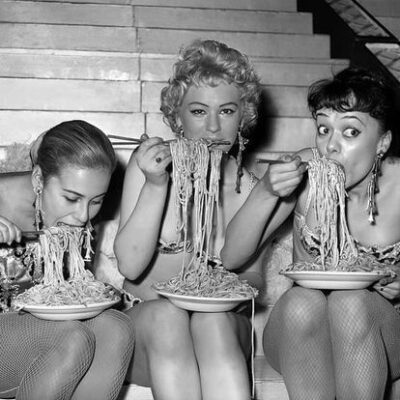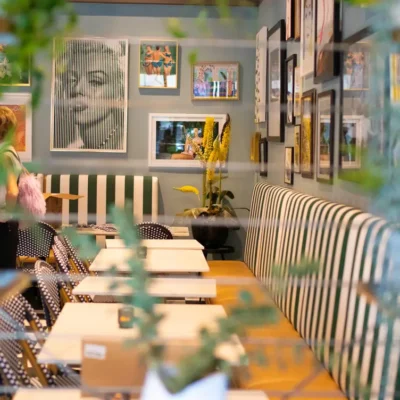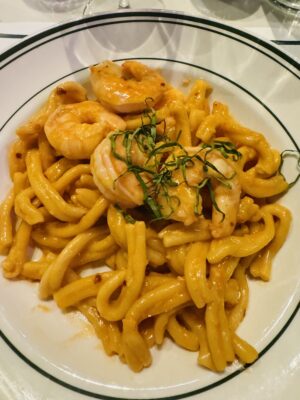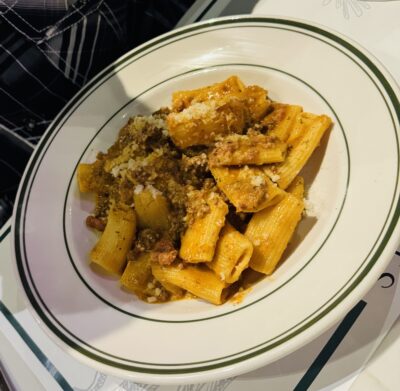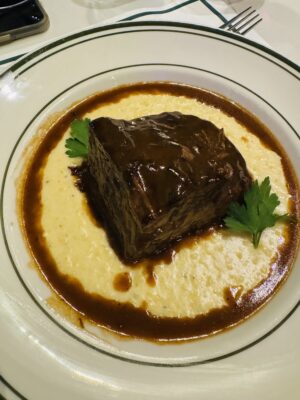Kim Edwards
|
5-Stars - My husband and I had a great experience with Kayla Cunard and the Sheri Dettman team! She is very knowledgeable, sweet and professional. She had a lot of patience with us as our home search spanned a few years. She showed us several homes and when we finally found the right one she guided us through the process smoothly. No problems at all! I would definitely recommend Kayla and Sheri Dettman to anyone in the market for a home in the desert. Thanks Kayla!
|



